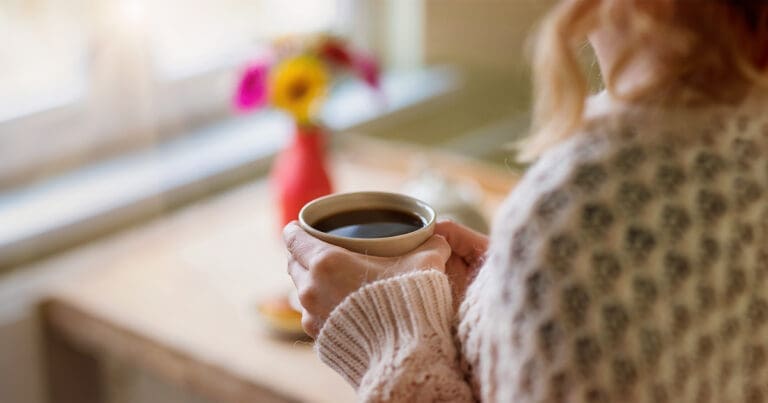This time of the year can be challenging. After all, the holiday breaks have passed, the days are short, and the weather may not be pleasant. Spring can seem a long way off. For many, this a month when we struggle to remain motivated, creative, and productive. We may feel out of control and anxious, and even seemingly small things can upset us in ways we do not expect.
We need strategies that can help us to regain a sense of control, reduce feelings of confusion and anxiety, and renew our confidence and commitment. Fortunately, there is a wealth of research on how we can make this happen within our daily lives. As simple as it may sound, daily rituals can help us to feel centered and more confident. They can lead us to feel less anxious, and they can even reduce our stress. Rituals can give a greater sense of order and predictability to our lives.
A ritual is defined as a predetermined sequence of symbolic actions, often characterized by formality and repetition. As that definition indicates, rituals typically have symbolic meaning, but they may have no obvious useful purpose. They may have religious and spiritual origins, but they do not have to have a religious connection to be effective.
Engaging in rituals is pervasive and thus not limited to any one occupation. Many athletes, for example, form and maintain rituals to lower their anxiety, bring order to their actions, and help them to focus on upcoming competition. They may put on the components of their uniform in a specific order, prepare equipment in an exact way, or follow other carefully sequenced preparatory and/or in-competition activities. Artists, too, often engage in rituals. They organize equipment and materials with careful thought and consistency. Artists may seek familiar settings and surroundings to do their best work, even though we might assume that is not the setting that generates creativity, but the artist. Consider that author Charles Dickens always slept with his head facing north, believing that doing so made him more creative. Author and poet Maya Angelou would only write in a hotel room with all pictures removed from the wall.
Rituals are not habits. We may engage in habits without thinking, while rituals carry meaning and purpose to us. Where habits can be engaged in without awareness of any connection or supposed influence, rituals are grounded in meaning, consciousness, purpose, and mindfulness.
Of course, we need to be careful to avoid rituals that may be toxic for us. “Doomscrolling” on social media and watching (and then obsessing over) the daily news, are two common examples. Toxic rituals work against the goals of gaining control and lessening our anxiety.
So, how might we use rituals to help us gain a sense of control? Here are some possibilities:
- We can develop a morning ritual that helps us to wake and prepare for the day. We might review what lies ahead and remind ourselves of our ability to succeed regardless of what the day might hold. Our morning ritual might include stretching and exercising, texting a close friend or relative and wishing them a good day, or some other activity that gives us a sense of control and well-being.
- When arriving at school, we might engage in a ritual that includes greeting colleagues, securing coffee, and previewing the lessons we designed for the day. The result can be feelings of connectedness and readiness for what lies ahead.
- When students arrive, we may engage in a ritual that includes greeting and engaging in handshakes, high-fives, or other gestures that convey connection and caring. Our positive interaction can set a positive tone and expectation for how the day will go.
- When we are going to meet with parents, we might engage in a ritual that includes thinking about how the parents might feel and what they will need from us in order for the meeting to be successful. Understanding and anticipating what parents might be feeling can help us to be confident and empathetic.
- As we prepare for the next day, we might engage in a prescribed sequence of activities such as reviewing what happened and what we learned from today, what students will need to move to the next level of learning, and how we might design activities that will support the learning for which they are ready.
- We might end the day with rituals that help us to let go of what may have frustrated or distracted us. We might put away materials, store equipment, and leave our classrooms without bringing anything that we will not need at home during the evening. This ritual can help to create separation between our work and home lives so that we enjoy the evening and return refreshed tomorrow.
Of course, not all rituals must be functional. In fact, experts note that the nature of rituals is less important than the significance given to them by the people who practice them. We might choose to wear our “lucky outfit,” repeat a favorite mantra, or do something else that helps us to feel more in control, lessen our anxiety, and dissipate our stress. The choice is ours.



